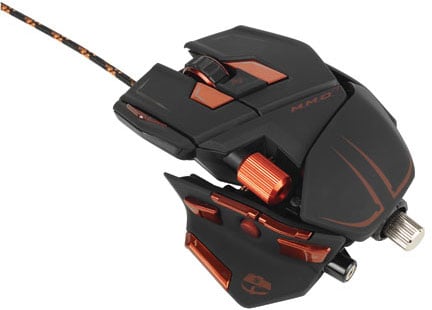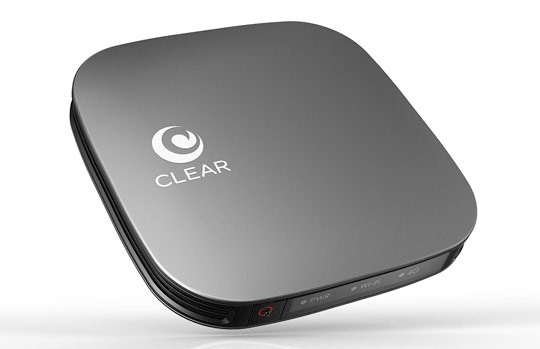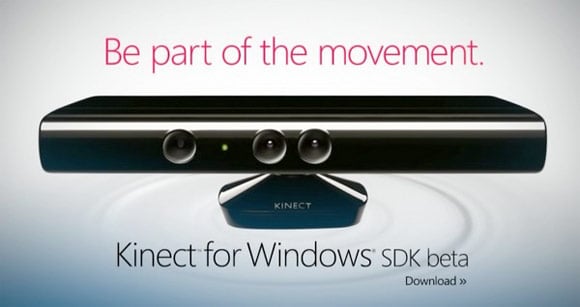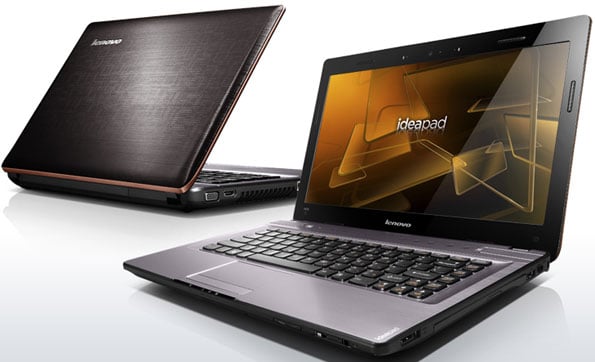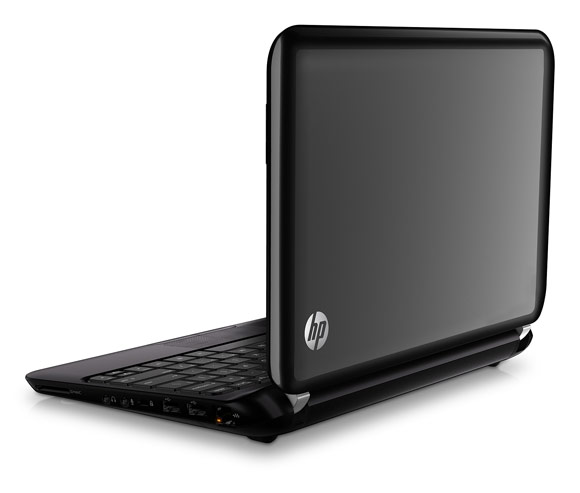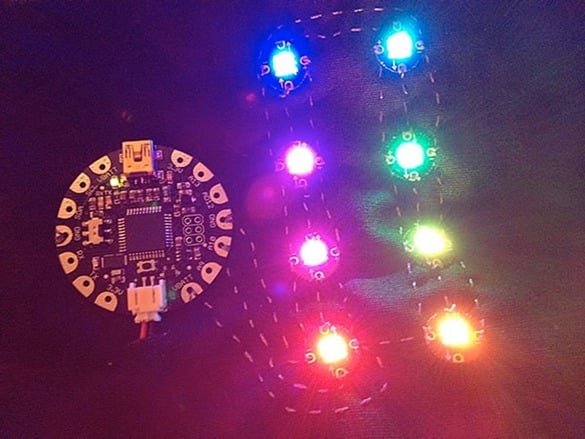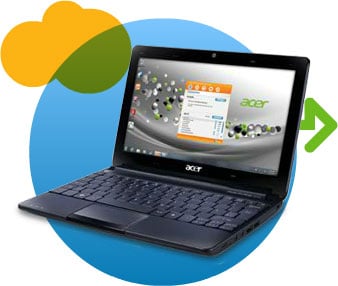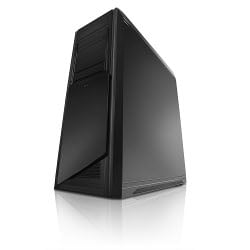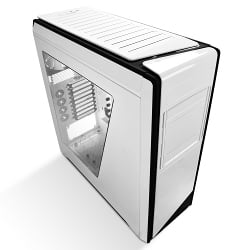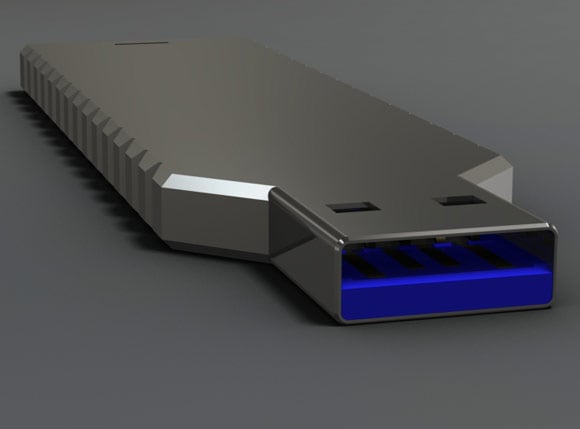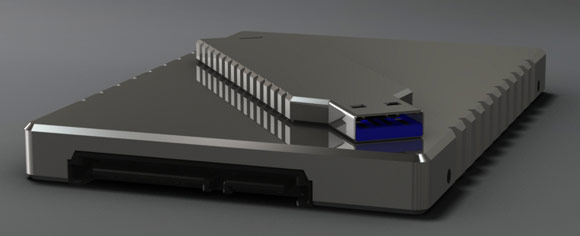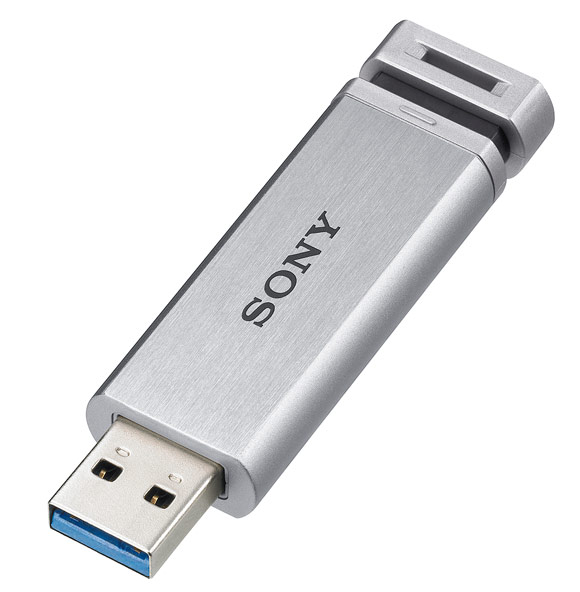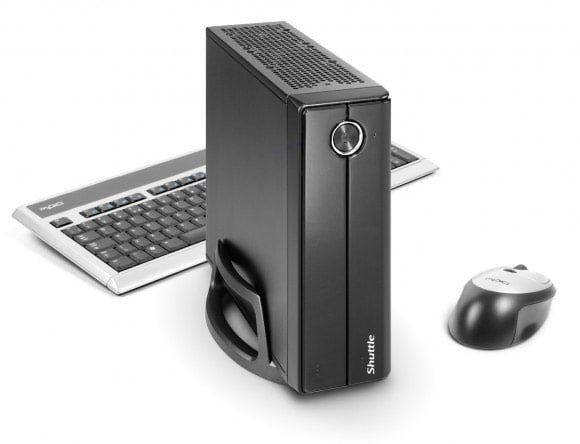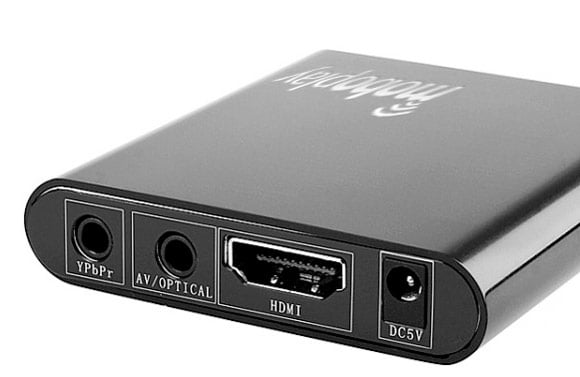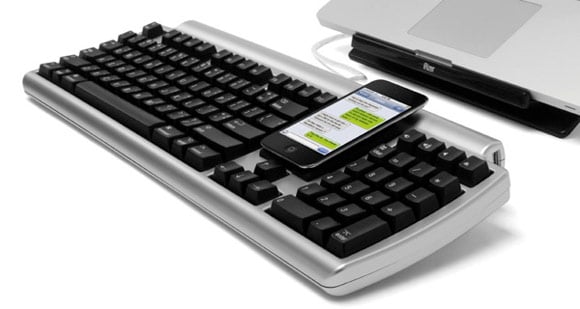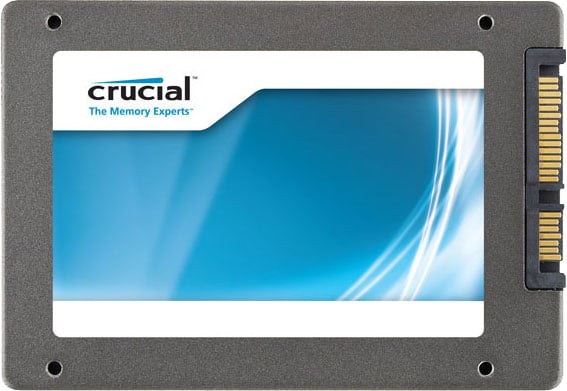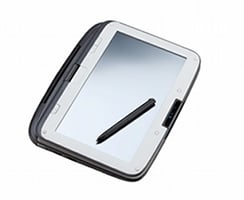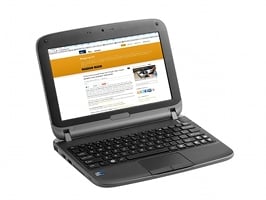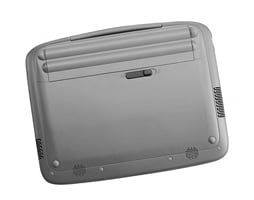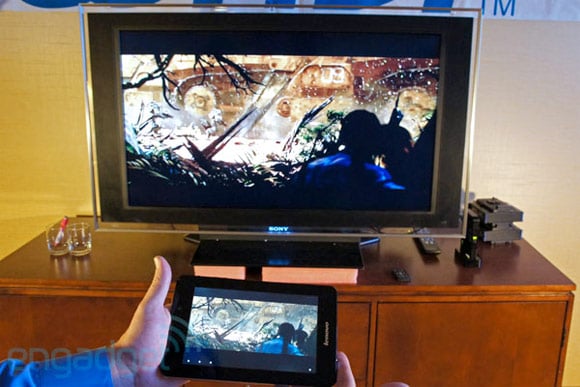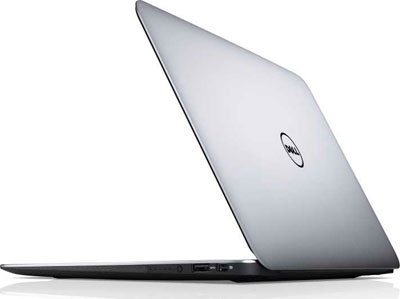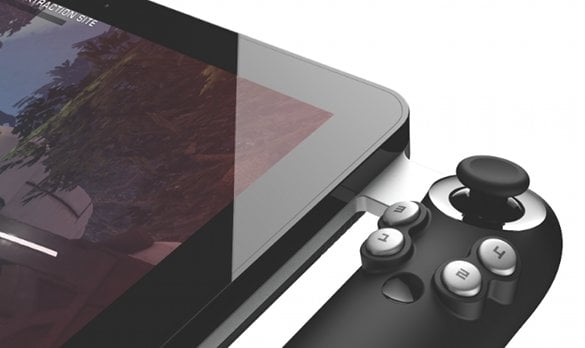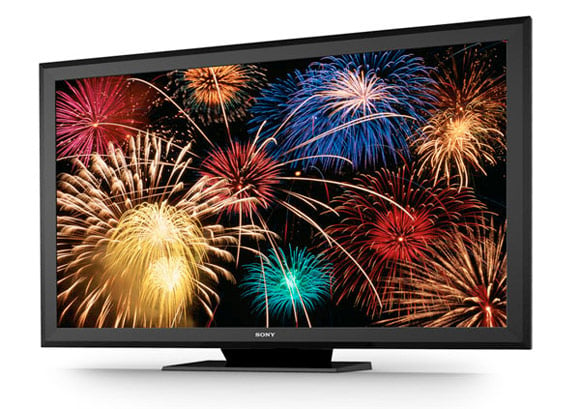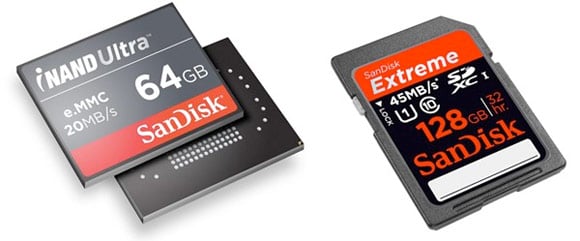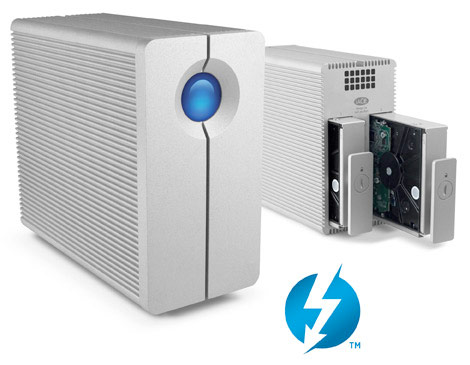HDTVs? Yeah, CES 2012 has plenty of those to go around. Panasonic just introduced their 2012 line of Smart Viera Plasma sets, which center on five new points: Networking, Easy Operation, Picture Quality, Eco and Design elements. There's 17" new models, which range in size from 42" to 65". Also new for 2012 is a cloud-based architecture to increase the VIERA Connect IPTV platform to an unlimited number of apps, thereby cementing its reputation for creating innovative and cutting edge products and focusing on providing the consumer with the ultimate in home entertainment. New to select VIERA TVs is the inclusion of a browser, further enhancing the internet platform, as well as the addition of "3D Real Sound" with 8-Train Speakers to further enhance sound quality.
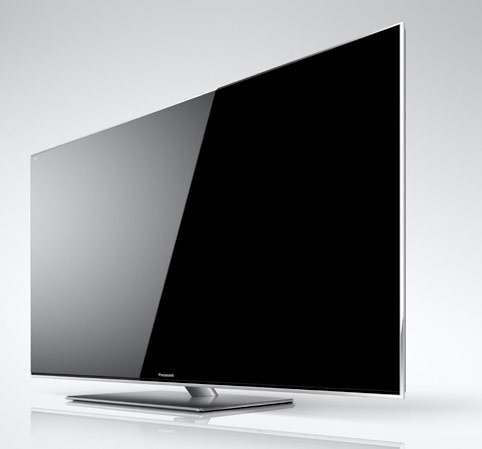
In addition, Panasonic continues its commitment to the environment by improving the panel luminance efficiency, as well as producing mercury and lead free panels. To further improve the in-home 3D viewing experience, Panasonic introduced its latest generation of lightweight 3D glasses. Weighing only 27 grams, the latest generation 3D glasses utilize Bluetooth technology and feature a rechargeable battery.
Panasonic is dedicated to bringing new picture improving technologies to HDTVs and the 2012 line-up builds upon that philosophy. The 2012 VIERA HDTVs produce black levels that have consistently been recognized as among the best in the industry, super fast response time, intuitive and therefore easy to operate controls, an infinite number and variety of internet apps, a new VIERA's, clean and simple design incorporating "Glass and Metal" Design concept to express elegant and luxurious theme.
The six VIERA Plasma series, VT50, GT50, ST50, UT50, XT50, U50, feature self illuminating panels with ultimate black levels, NeoPlasma technologies(VT/GT/ST) providing a black filter with a higher efficiency panel that generates the best balance of black and white under brighter environments. The new Louver filter and new high performance panel result in improved external light shading, improved clarity and improved light transmittance.
The 2012 models employ the NeoPlasma Black 2500 (VT/GT/ST/UT), a 6,220,800 pixel cells FULL local dimming, 24,576 steps of gradation technology (VT/GT) (previously only available in professional monitors), a new custom driver LSI and a fast switching phosphor panel on all of Panasonic's 1080p 3D models.
